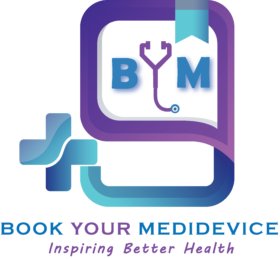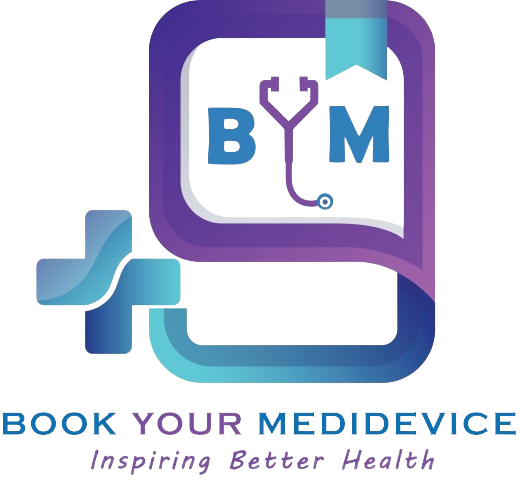How Defibrillators Work: The Science Behind Saving Lives
July 31, 2024 2024-07-31 8:19How Defibrillators Work: The Science Behind Saving Lives

How Defibrillators Work: The Science Behind Saving Lives
Defibrillators are crucial devices in the medical field, often standing as the difference between life and death during cardiac emergencies. Though they might seem like complex machines, understanding how they work can demystify their life-saving capabilities and underscore their importance. Let’s delve into the science behind it and how they saves lives.
Understanding Cardiac Arrest
To comprehend the role of defibrillators, it’s essential to understand what happens during a cardiac arrest. Cardiac arrest occurs when the heart suddenly stops beating effectively, often due to an electrical malfunction that causes an irregular heartbeat (arrhythmia). This disrupts the heart’s pumping action, halting blood flow to the brain and other vital organs. Without immediate intervention, cardiac arrest can lead to death within minutes.
What is a Defibrillator?
A defibrillator is a medical device designed to restore a normal heartbeat by sending an electric pulse or shock to the heart. It is used to correct arrhythmias, including fibrillation (rapid, erratic heartbeat) and tachycardia (extremely fast heartbeat), which can precede or accompany cardiac arrest.
There are several types of defibrillators, including:
- Automated External Defibrillators (AEDs): Portable devices found in many public spaces.
- Implantable Cardioverter Defibrillators (ICDs): Surgically implanted in patients at risk of sudden cardiac arrest.
- Wearable Cardioverter Defibrillators (WCDs): Worn externally by patients at risk of sudden cardiac arrest.
- Manual External Defibrillators: Used by medical professionals in hospitals or during emergency medical response.
How Do Defibrillators Work?
The primary function of a defibrillator is to deliver a dose of electric current (often called a countershock) to the heart. Here’s how this process works:
- Detection of Abnormal Rhythms: AEDs and other automated defibrillators are equipped with sensors and algorithms to detect irregular heart rhythms. When electrodes (pads) are attached to the patient’s chest, the device monitors the heart’s electrical activity.
- Decision to Shock: Once an abnormal rhythm like ventricular fibrillation (VF) or ventricular tachycardia (VT) is detected, the device decides whether a shock is necessary. This decision is based on preset criteria within the device’s software.
- Charging: If a shock is required, the defibrillator charges its capacitor to the appropriate energy level. This energy level can vary depending on the type of defibrillator and the specific needs of the patient.
- Shock Delivery: The defibrillator then delivers the electric shock through the electrodes to the heart. The goal of the shock is to depolarize the heart muscles all at once, effectively “resetting” the electrical system of the heart. This can stop the arrhythmia, allowing the heart’s natural pacemaker cells to re-establish a normal rhythm.
- Post-Shock Analysis: After delivering the shock, the defibrillator continues to monitor the heart’s rhythm to determine if additional shocks are needed. Some arrhythmias may require multiple shocks to be corrected.
The Science Behind the Shock
The electric shock delivered by a defibrillator is measured in joules, a unit of energy. The amount of energy required for effective defibrillation varies but is typically between 120 to 200 joules for AEDs. The shock works by depolarizing a critical mass of the heart muscle simultaneously, which interrupts the chaotic electrical activity and gives the heart a chance to re-establish a normal rhythm.
Why Timing is Critical
The effectiveness of defibrillation is highly time-dependent. For every minute that passes without defibrillation after a cardiac arrest, the chance of survival decreases by about 10%. This is why the presence of AEDs in public places is so vital. Immediate defibrillation, combined with cardiopulmonary resuscitation (CPR), can significantly improve survival rates.
Accessibility and Public Awareness
Increasing the availability of AEDs and training the public on how to use them can save countless lives. AEDs are designed to be user-friendly, with voice and visual prompts guiding even untrained users through the process. Many places, including schools, airports, and sports arenas, now have AEDs on hand, making it easier to respond quickly to cardiac emergencies.
Conclusion
Defibrillators are powerful tools in the fight against sudden cardiac arrest. Their ability to reset the heart’s electrical system and restore a normal heartbeat is nothing short of life-saving. By understanding how these devices work and recognizing their importance, we can better appreciate the role they play in emergency medical care and the value of having them readily available in our communities.



